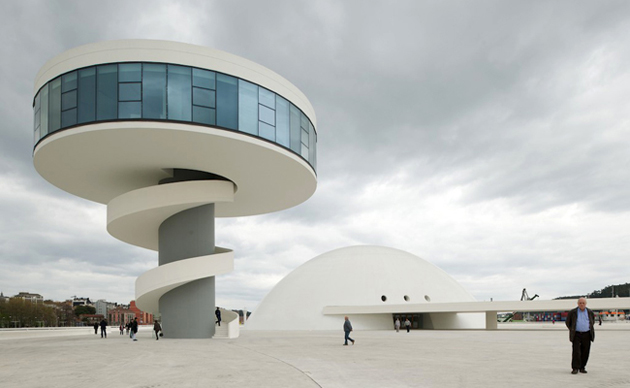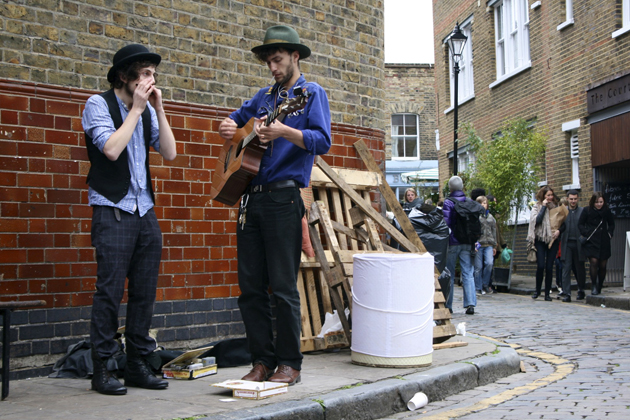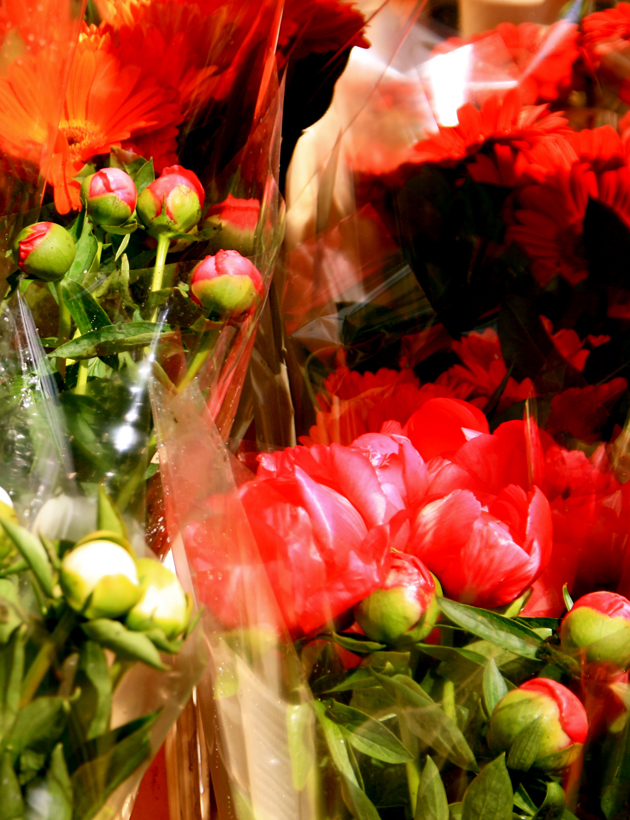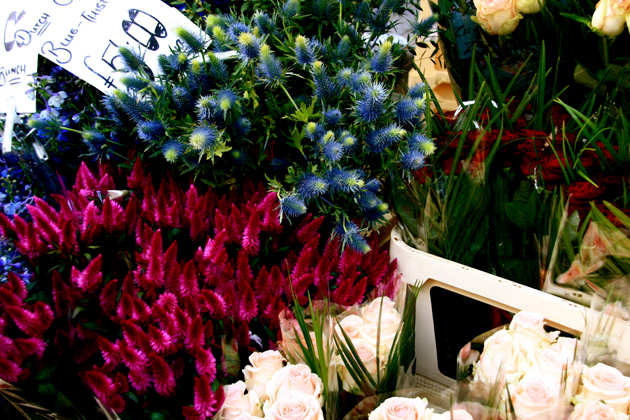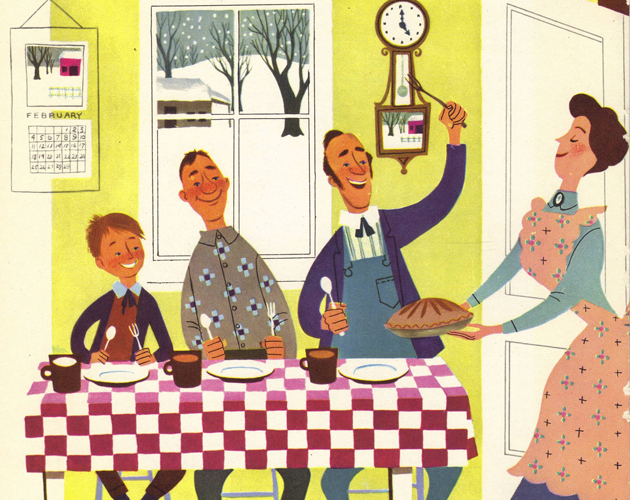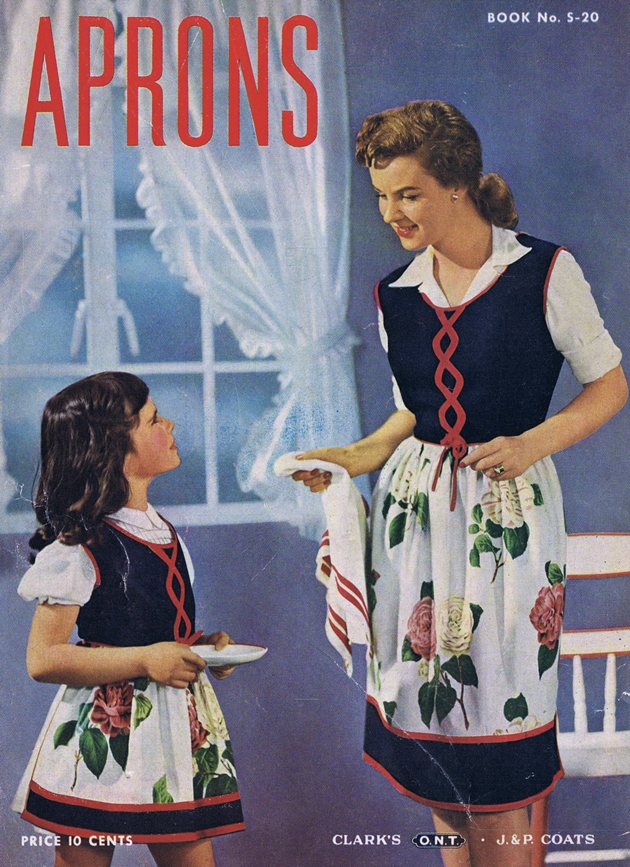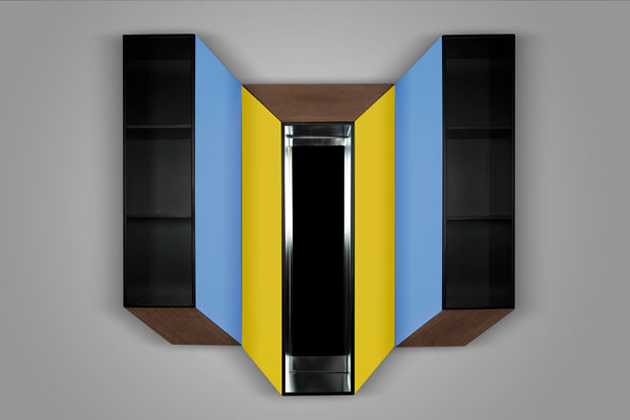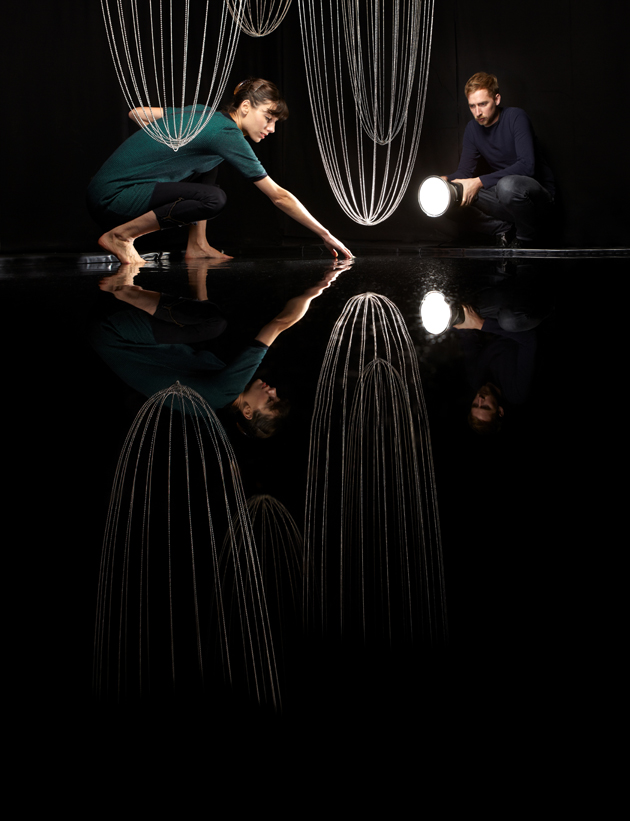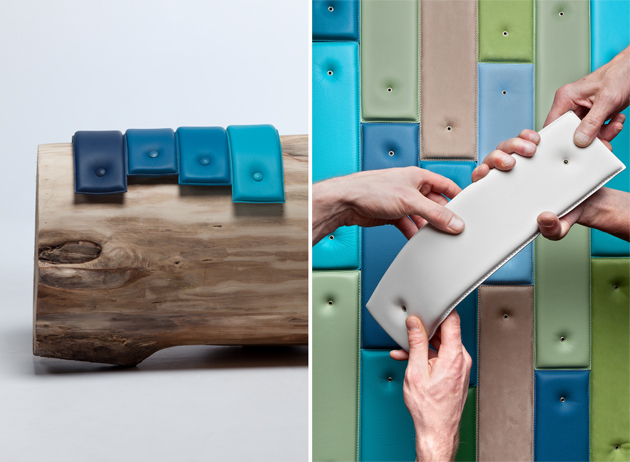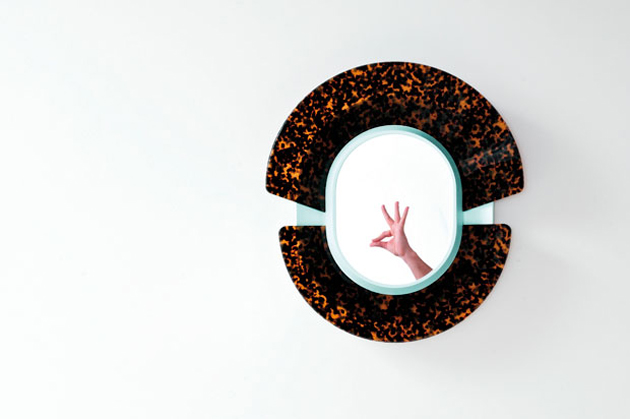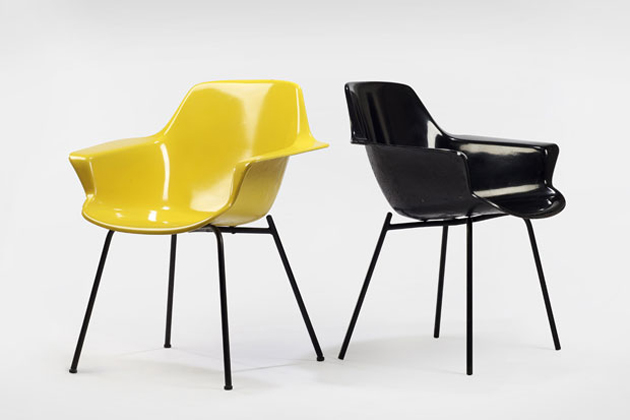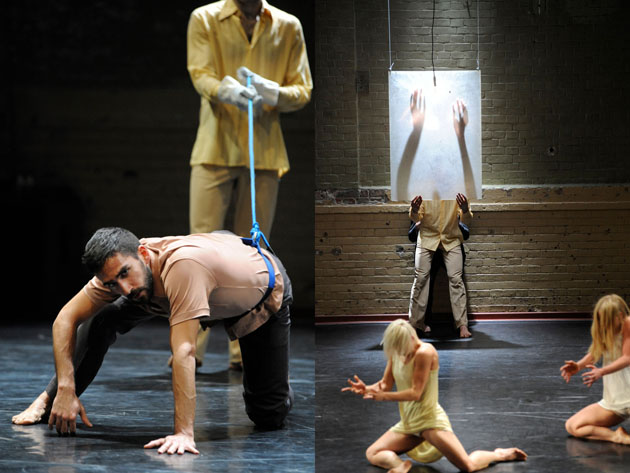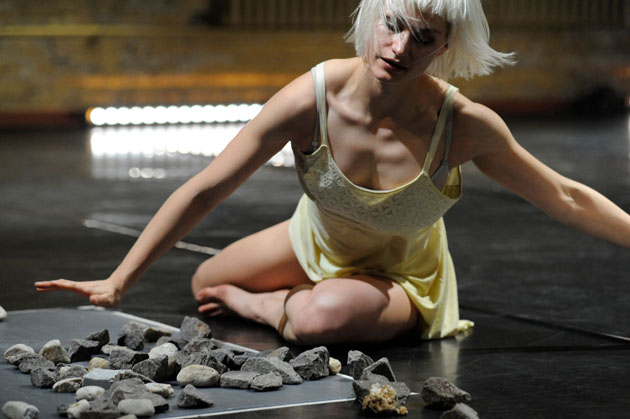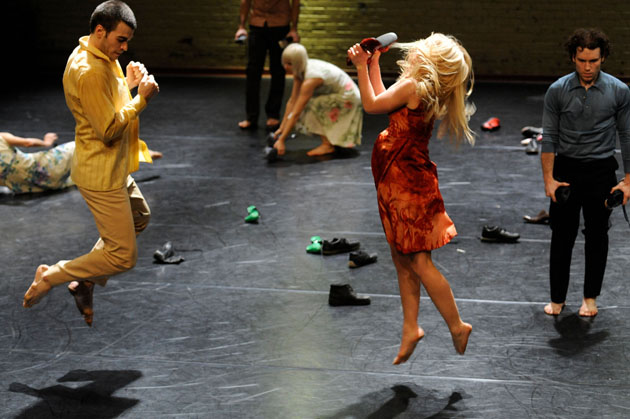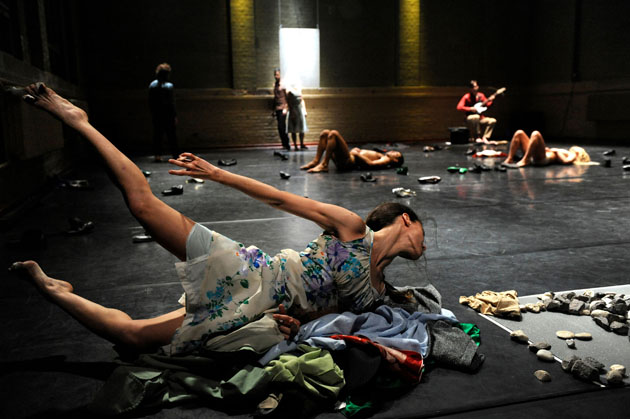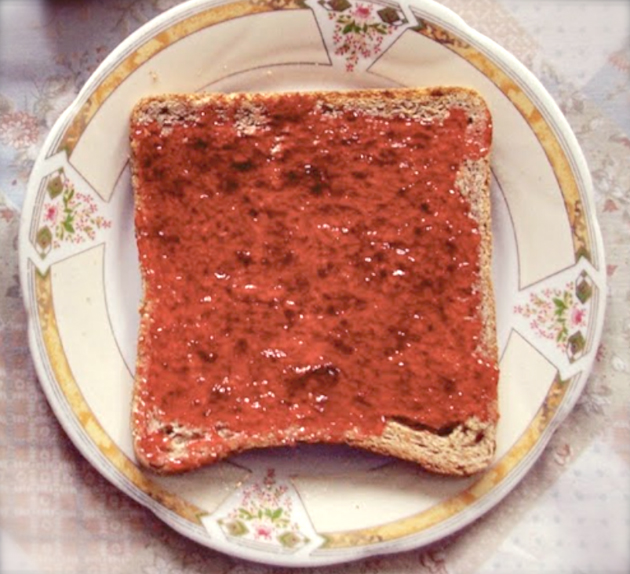Alberto Garutti Seen Through Unusual Eyes
Going to visit a contemporary art exhibition in children’s company can be a pleasant surprise, an amazing source of inspiration that offers myriad of reflections, watchful insights and cues coming from a genuine, superstructures-free point of view. We had already carried out this sort of pedagogical experience some time ago discovering the smart project by Emanuela Torri and DOREMILAB: L’arte raccontata dai bambini (art told by children). Once again Sofia (6 years old), this time along with Giulia (5 years old), has dressed the part of an emerging critic, going to see a show to make her fairly personal review.
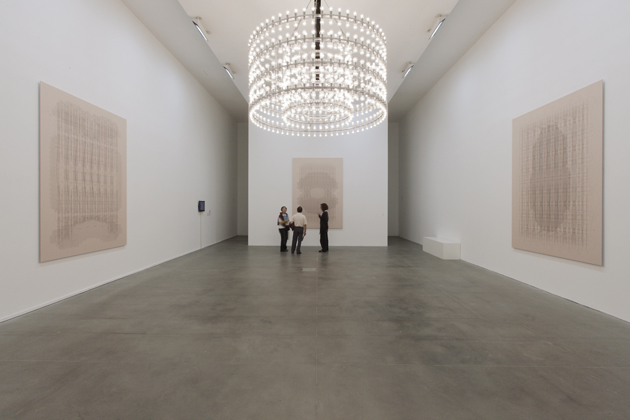
We are at PAC, and the exhibition is Didascalia/Caption by Alberto Garutti, curated by Paola Nicolin and Hans Ulrich Obrist.
Both Giulia and Sofia like the artist’s idea that artwork exists only in the eyes of the viewer, in the unique encounter with its addressees, and seem to be more than enthusiast to take on the assignment of making sense of his works, putting them through. Just got into the museum, which presents about thirty historical and new works to retrace Garutti’s research evolution from the 70’s to date, conceived with different media and languages (photography, installation, painting, sculpture, sound, video etc.), and the first impressions come punctual: “you don’t need to pay the entrance but mommy and daddy have signed a paper (ed. Note, the letter of waiver for the presence of recording devices). There are a lot of microphones, that’s so strange. Besides the microphones there would be cameras too because they capture people’s expressions, if you are happy you look different than when you get bored or you yawn”.
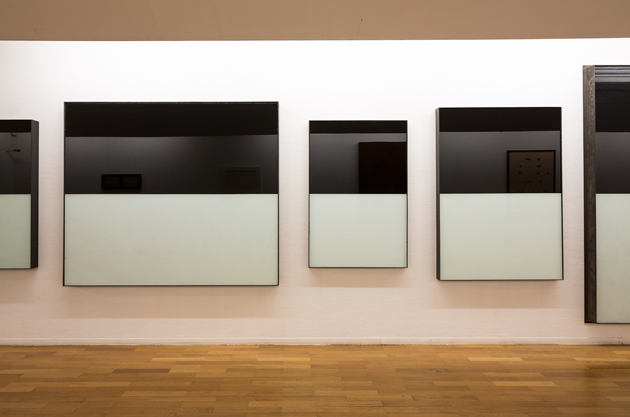
The atmosphere is homely; the children feel at ease; the dialogue is immediate and sincere; the narration begins. Giulia’s attention is attracted by the tables with digital prints of Bacheche progetti Opere Pubbliche (1994-2010): “Alberto put his secrets under the mirror that covers the tables, you can look at them but only he and one of his friends can really understand them. Secrets should be told to not more than one person. Nice microphones, I love singing”.
“Those microphones are giant, they work like Hoovers which draw in all the words people say while here”, Sofia adds.
After few minutes the exhibition path stops again because of huge beakers (Dedicato agli abitanti di Via dei Prefetti 17, 2004) that excite the little girls’ imagination: “Even giants have their bottles, they are thirsty too. It must have been difficult to bring them here, but they are beautiful. They seem fish tanks put like this [miming vertical with the help of her arms], hey look the show through the glass, you can see it bigger, like you have giant’s eyes”.
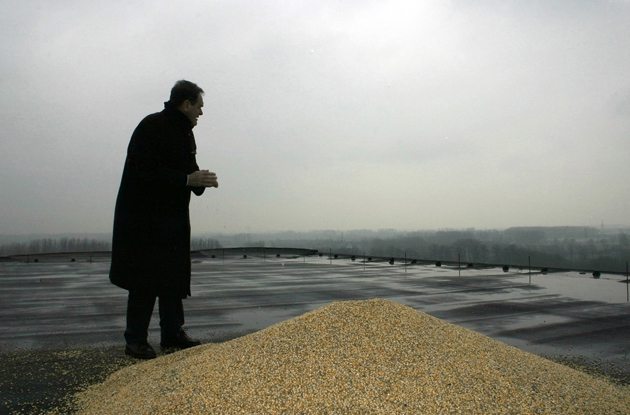
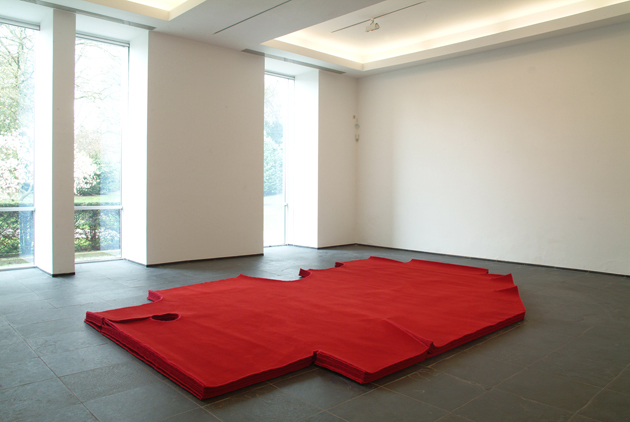
While following their suggestion, we cannot avoid thinking about the main characteristic of Garutti’s works, the ability of interacting with the viewer and the surrounding space, getting in tune with them. Didascalie (2012) reminds Sofia of bricks/books, but “you’ve better not build a house with them, unless you are one of the three little pigs”. “ I cannot read yet, but Sofia told me she has started reading… Sofi, how did you call them? Lower-case letters right?”
The visit goes on. The charismatic artist/professor, who has been able to have a positive ascendancy on most of the Italian emerging art talents, defining an attitude more then an aesthetic – all his students have developed a very different approach and personality – enchants Sofia and Giulia. Funny moment when they both think that Ficus (2012) is a present from Garutti’s mom for the opening and that it has very shiny leaves “maybe someone has been dusting them each day. Do you think it will be here until the end of the show, or Alberto will bring it home earlier?” “The bench with dog – Il cane qui ritratto appartiene a una delle famiglie di Trivero. Quest’opera è dedicata a loro e alle persone che sedendosi qui ne parleranno (2009) – is lovely, why benches like these aren’t in the parks? Alberto must like dogs”.
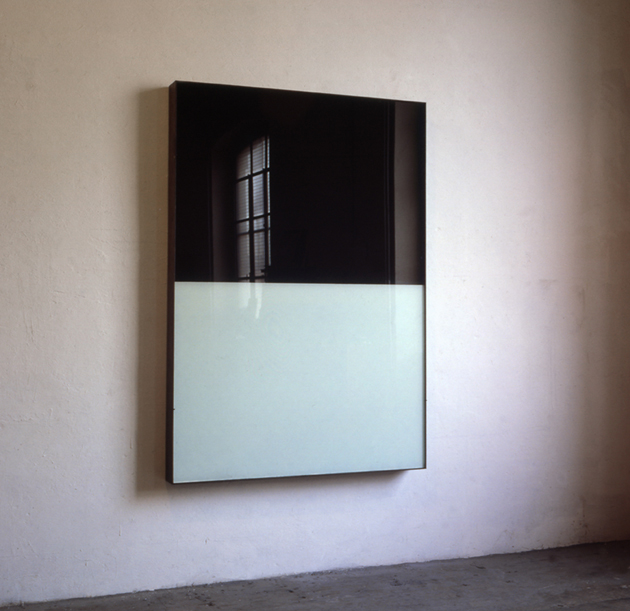
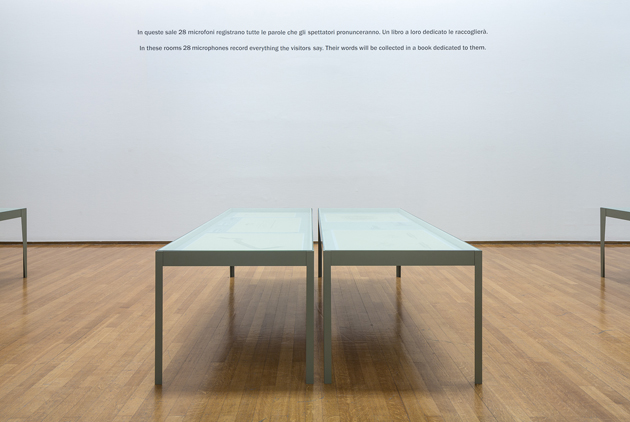
After more than one hour and a half inside the building, our emerging critics take their time to recap: “this exhibition is for males and females. It is a show that also children younger than us could like. We haven’t got bored, we have looked at the works and we would have loved going into the sculpture-house made of wood (upstairs), but we put there Elisa (their stuffed rabbit). The red carpet is great, we would like cutting capers. This space is beautiful, look! You can see the park while visiting the show and viceversa. There are even men in uniforms, but they have never reproached us or said “shut-up!” (…) the Doctor (ed. Note, the curator) has been good in picking up the works, we enjoy all of them”.
Conceptual art can be difficult to approach. Cerebral and cold in its shapes, but sensitive in content, and always related to spirituality and nature, the art by Mr. Garutti plumbs different narrative keys pinpointing the mission of getting closer to everybody.
Undoubtedly one of the best shows seen in Milan during this year. It will run until 3rd February 2013.
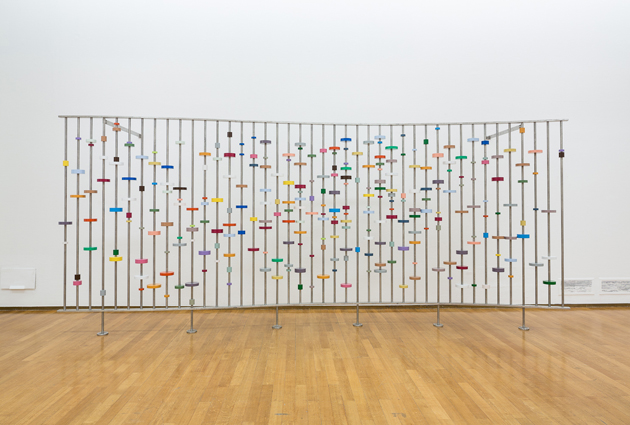
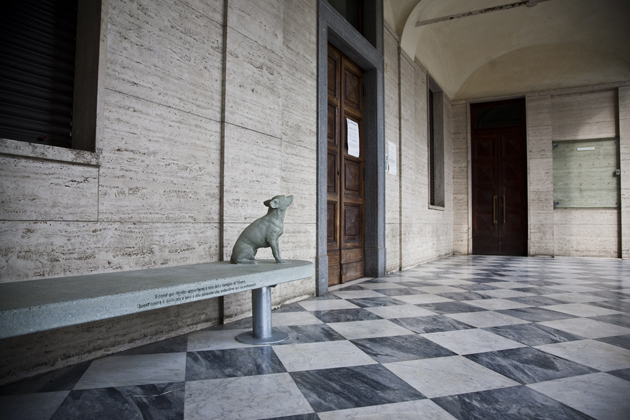
Monica Lombardi and Giulia & Sofia – Images courtesy of Studio Pesci / Delfino Sisto Legnani



